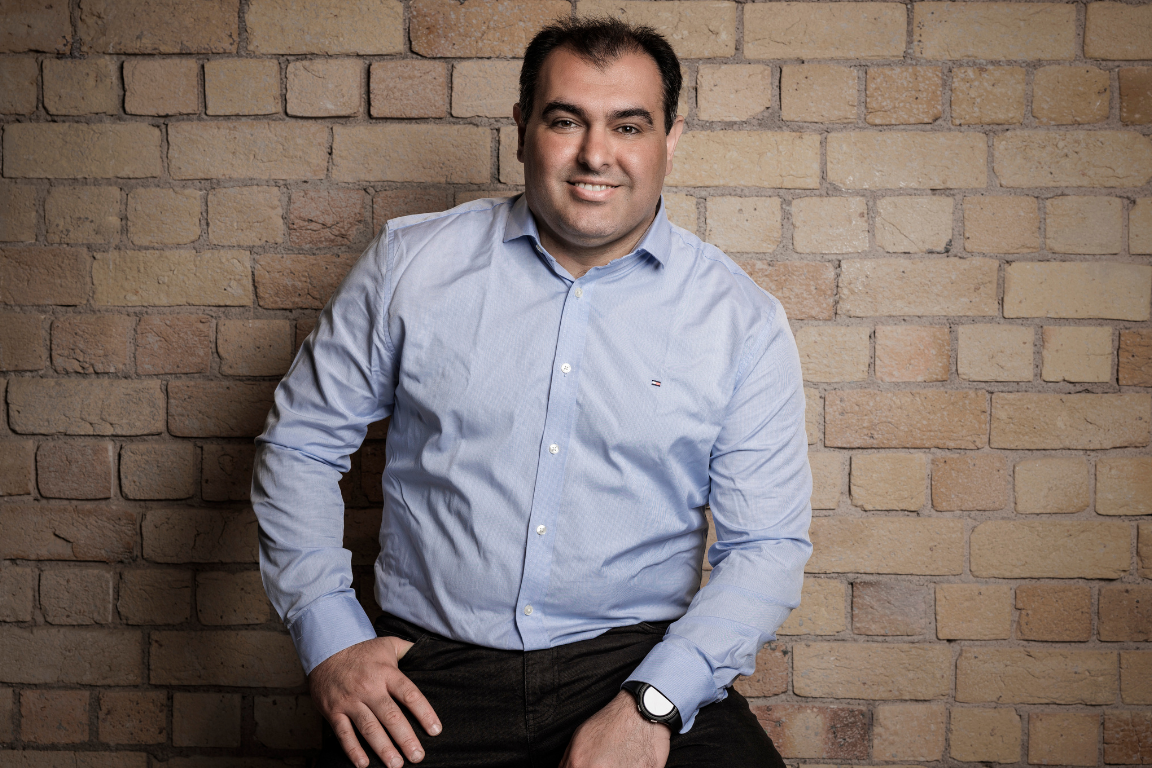We’ve received so many amazing emails and requests for information regarding our participation in the 4 Day Work Week that we thought we would share with you some of the background information and where you can access some further resources!
So back in March 2018, before Covid had even entered our consciousness, Andrew Barnes, Founder of Perpetual Guardian was embarking on a pilot that would bring new levels of flexibility to his workplace: A four day working week. The trial wasn’t about giving employees a day off work each week, but rather an experiment into productivity. Could his organisation be just as productive in 30 hours as they were in 37.5? The trial involved employees working 80 percent of their hours and being paid for 100 percent – but on the requirement that productivity didn’t drop. It was a huge success and made international headlines. Following the initiative, Andrew Barnes has spoken in 92 countries around the world. The idea has now entered mainstream discussion around the globe, with Russia, India and Japan all passing legislation to support a four day week.
In today’s environment, it seems more important than ever to look closely at how we work. The New Zealand construction industry is facing labour shortages in both skilled and unskilled labour, and needs meaningful solutions – not bandaids, to set the industry up for a more sustainable future. The four-day week could hold some of the answers.
How exactly does the four day week help with a labour shortage?
One of the long known, but as yet insufficiently addressed issues in construction, is the low ratio of women. While there are many barriers to entry, there are also some great benefits for women who come into construction. The flexibility of a four day week opens the door to full time employment for many caregivers (mostly women). It provides the opportunity to work school hours, or to take a day off a week for life admin, allowing the family to operate more efficiently. Two parents both on a four-day week doubles the flexibility and benefits for the family unit, making it even more achievable. A four day week could not only attract more women to the industry, it could also have a big impact in retaining them. The potential to attract women to our industry is one of the fastest fixes we can provide in terms of labour, and would offer so many benefits to the industry beyond simple numbers.
The other side of the coin is to find ways to increase the productivity of the current workforce. The impact of reduced working hours on traffic might not be the first benefit that springs to mind, but it is surprisingly significant. By reducing the working week by 20 percent, the number of cars on the road will also reduce, particularly during peak hours. A report on Auckland’s road congestion (2017) estimated the benefit of decongestion to be $3.5m per day. EMA members reported 20-30% lost productivity due to traffic congestion. If construction workers could get to sites faster and travel times from sites to offices were decreased due to less traffic on the road, productivity would improve.
This does rely on a widespread uptake of a four day week. But in the meantime, there are also many other benefits that were found to have an almost immediate impact. Fewer sick days, attracting and retaining better quality staff, happier and healthier employees, reduced stress levels and greater commitment and empowerment reported by staff. The combination of these improvements with no loss in productivity led to real gains for the organisation and its employees.
Why are Brevity joining the Four Day Week Pilot?
Where to start? There are so many upsides and almost no downsides. As an organisation we are dedicated to cultivating a team environment that is innovative, creative and productive. A huge piece of this puzzle is ensuring we have really good diversity within our organisation, and that we offer an inclusive work environment. Offering flexibility is a big part of this. The four-day-week pilot recognises that a flexible work environment looks different to each individual. The four day week can in fact be a five day week with shorter hours, or any combination of 80 percent time – provided the employee can maintain their productivity. We want our employees to bring their whole selves to work, and a recognition of their lives outside of work plays a big part in this.
The second not-so-secret ingredient to our success is teamwork. While many of our work practices are set up to foster teamwork, the bottom line is that the employees job description and remuneration are tied to their individual performance. The Four Day Week pilot shifts this focus. Instead, the team’s performance is the key measure. If the team can deliver 100 percent of its productivity, everyone benefits with a day off. The benefits are highly relevant and specific to each person. It might be extra training time for a sports fanatic, the ability to collect a child from school each day, or a day in the week to care for an elderly parent.
The responsibility to deliver sits with the team. They must work together to decide how to improve productivity by 20 percent. They will take ownership for implementing it, supporting each other, and for ensuring the success of the programme. Success is in everyone’s best interests, and the employees objectives are 100% aligned with the organisations – an almost impossible accomplishment when trying to align individual job descriptions.
Our team has already started discussions on how to lift productivity. These ideas will be teased out and investigated over the next month, so we are ready to hit go on the first of August. Follow us on LinkedIn to keep up to date with our learnings, or get in touch if you have any experience you would like to share with us.
For more information on the 4-Day Work Week visit:
UK begin World’s Largest Trial of 4 Day Work Week
BREVITY PEOPLE: REBECCA BREWER
Starting at Brevity in a Business Development Coordinator role, Rebecca’s skills have quickly enabled her to grow her…
BREVITY PEOPLE: SIAMAK MOSAFERI
Siamak Mosaferi grew up along the Persian Gulf of Iran and as a result, loves anything to do with the ocean. Arriving…
BREVITY PEOPLE: MEET BERNADINE PHILLIPS
Bernadine’s enthusiasm for her work and the loyalty and trust she has developed amongst those she works with have made…


